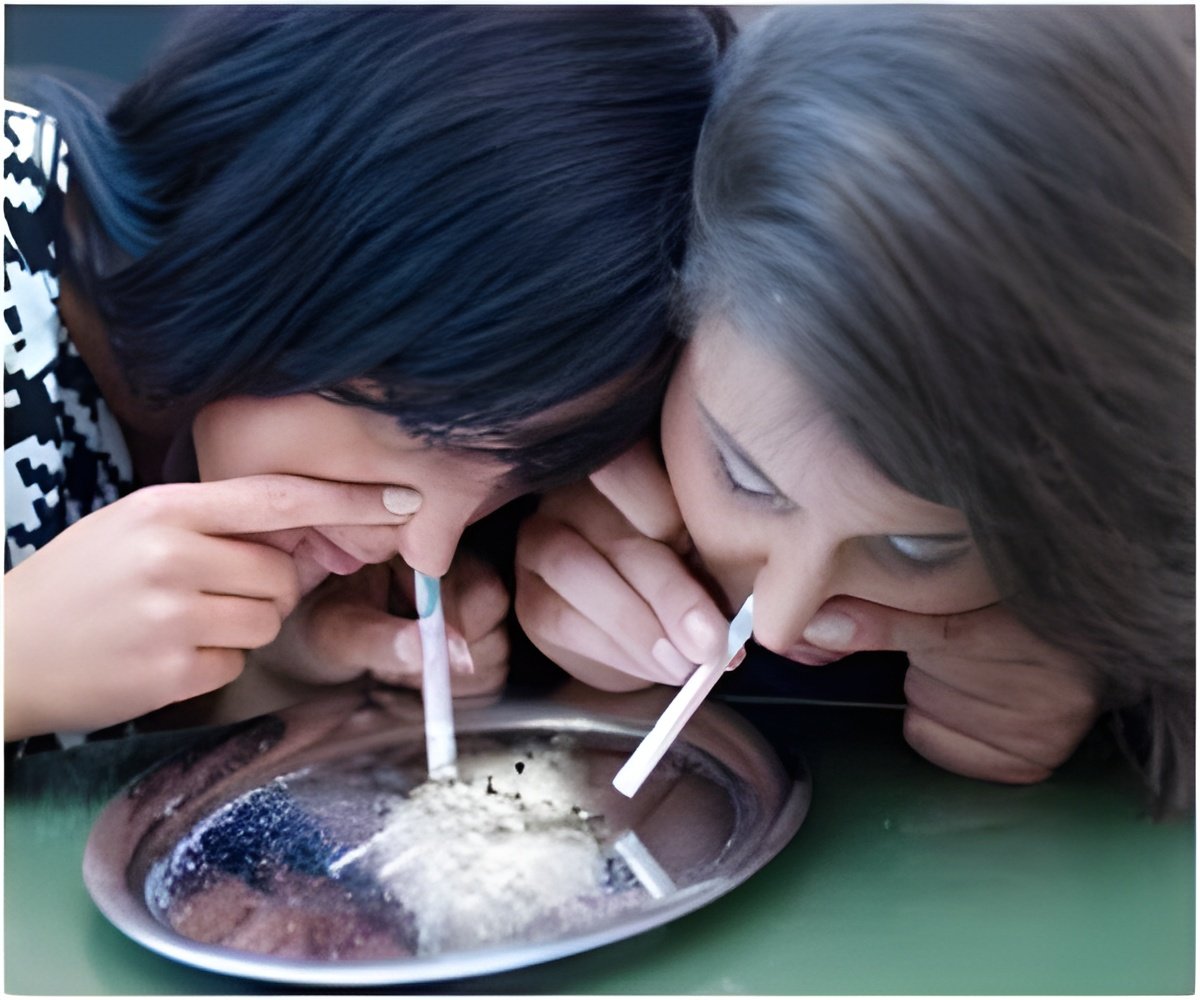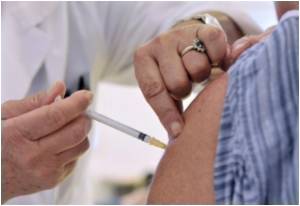
The technique should, in turn, translate into lower costs for manufacturers and consumers, points out Professor Peter Scammells, who led the research.
“It was quite a fortuitous discovery,” revealed Professor Scammells. “One night, quite by accident, a member of our group left a stainless steel spatula in her reaction. In the morning we found a high amount of the desired product in the flask. Since then we have been raiding the Institute’s stationery cupboard for cheap stainless steel paper clips!”
Commonly used anti-addition drugs such as buprenorphine and naltrexone are produced synthetically through a number of steps, starting from the sap of the opiate poppy plant. While most of the steps have previously been optimised, one critical step has remained problematic - until now.
“Our new method uses free radical chemistry and friendly old stainless steel resulting in higher opiate yield,” said Professor Scammells. “It dispenses with the costly, less safe and difficult to work with chemicals used in older methods.”
Currently over 46,000 Australians take prescription anti-addiction medication with many on long term treatment programs due to the chronic nature of addiction. The cost of such medication programs is significant and is often financially burdensome on individuals and governments.
Advertisement
“We hope that our new method will provide an economic advantage to this important Australian export industry and ‘clip’ the production costs of anti-addiction medication.”
Advertisement
Source-Medindia








